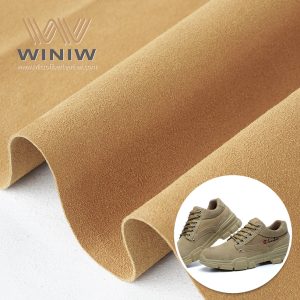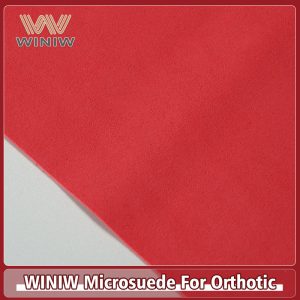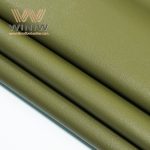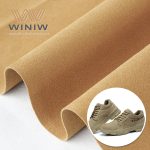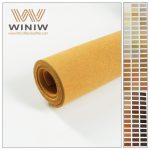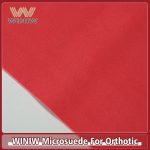Foot fatigue, back pain, and poor posture are silent struggles for millions—whether you’re a nurse on a 12-hour shift or a remote worker glued to a desk. Ergonomically designed insoles are emerging as a science-backed solution to these daily challenges. Let explore how advanced materials and biomechanical engineering are turning humble insoles into wellness tools.
1. The Science of Pressure Relief and Posture Correction
Ergonomic insoles target the root causes of discomfort:
- Pressure Mapping: Brands like Currex use 3D pressure sensors to design insoles that redistribute weight away from hotspots (heels, balls of feet), reducing plantar pressure by up to 40% (per Journal of Applied Biomechanics).
- Dynamic Arch Support: Unlike rigid orthotics, Superfeet FlexThin adapts to gait changes, maintaining arch alignment during standing, walking, or running.
- Heel Cupping: Deep heel seats (e.g., Powerstep Pinnacle) stabilize ankles, correcting overpronation and easing lower back strain.
2. Materials Revolutionizing Daily Comfort
Forget basic foam—today insoles blend tech and sustainability:
- Cork-Latex Hybrids: Birkenstock Blue Footbeds mold to foot contours while offering antimicrobial properties, ideal for all-day wear.
- Graphene-Infused Foam: Used in Reebok Floatride Energy, graphene enhances energy return by 20% and resists odor-causing bacteria.
- Memory Foam with Cooling Gels: Dr. Scholl Work Massaging Gel insoles reduce heat buildup for workers on hard floors, tested to last 12+ hours.
3. Targeted Solutions for Common Lifestyles
- Healthcare Workers: Dansko XP 2.0 insoles combine shock-absorbing EVA with metatarsal pads to combat fatigue from standing.
- Drivers: OrthoLite Taxi insoles feature raised heel wedges to improve circulation during long sits, reducing numbness.
- Runners: Spenco Total Support insoles use medial posts to prevent shin splints, backed by a 2023 Runner World study.
4. Sustainability: From Algae Foam to Circular Design
Eco-warriors can tread lightly without sacrificing comfort:
- Algae-Based Cushioning: Vivobarefoot x Bloom Foam insoles offset 57 liters of polluted water per pair while offering cloud-like support.
- Recycled PET Insoles: Adidas’ Primegreen line uses 100% recycled polyester, cutting CO2 emissions by 50% vs. virgin materials.
- Compostable Options: Wiivv Plant-Based insoles break down in 180 days, made from castor bean oil and bamboo fibers.
5. Challenges: Finding the Right Fit and Cost Barriers
- Over-the-Counter Confusion: 60% of users buy the wrong size/style, per Footwear News. Apps like Wiivv 3D Fit use phone scans to recommend personalized insoles.
- Premium Pricing: Custom orthotics cost 150–400, but brands like Fulton offer $95 direct-to-consumer options with similar tech.
- Break-In Periods: Some users report 1–2 weeks of adjustment to arch support. Gradual wear (2–4 hours/day) eases the transition.
Why This Matters
Ergonomic insoles are no longer a luxury—they’re a necessity for anyone seeking to stand taller, move freely, and live pain-free. By blending biomechanics with sustainable innovation, modern insoles empower you to conquer daily demands while caring for your body and the planet.


